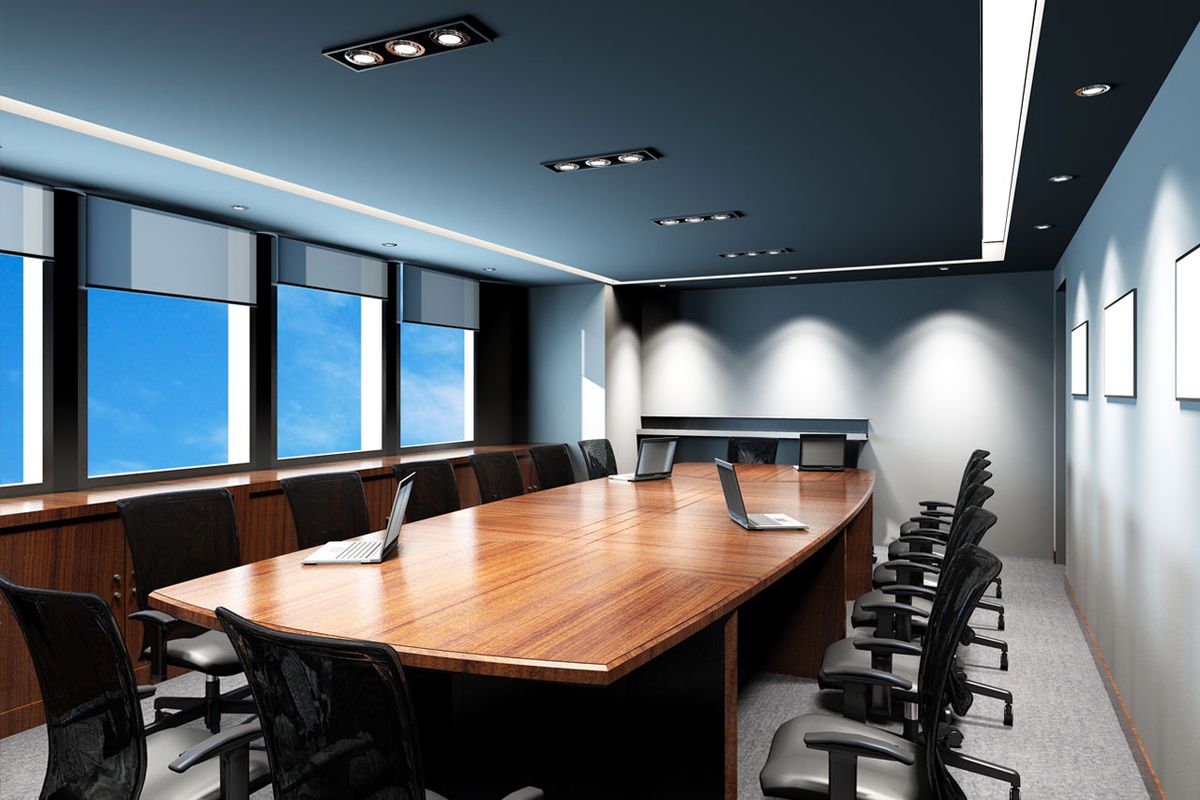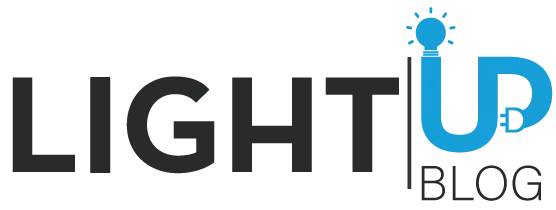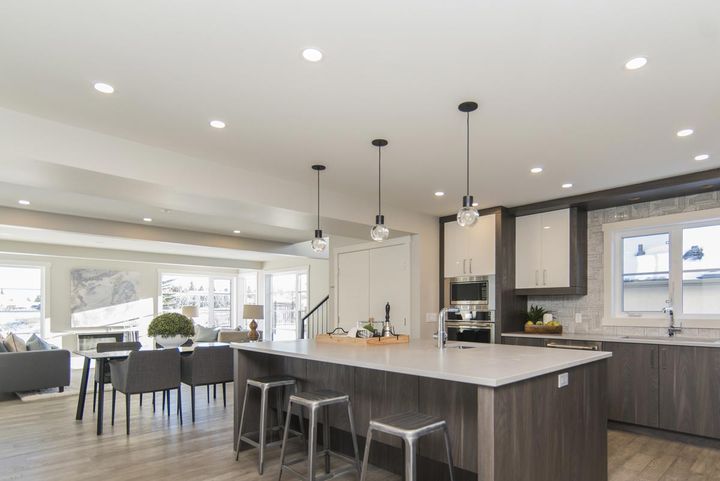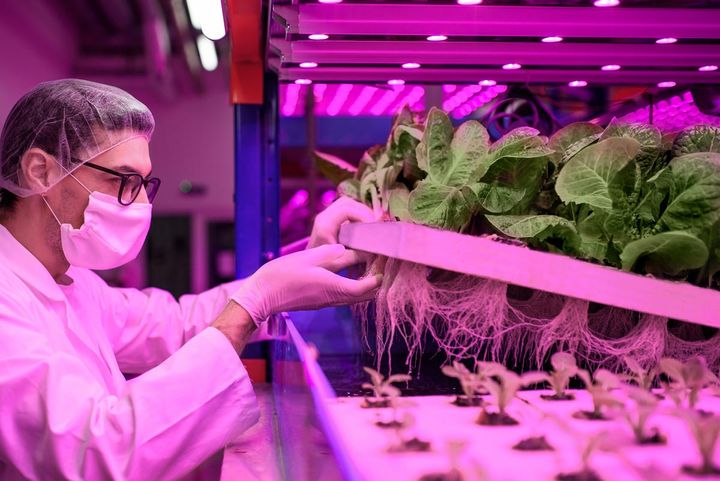LED: More Than Just Lighting

Studies have shown how smart lighting can be beneficial in boosting efficiency and improving human experience. The understanding in how lighting can serve people beyond providing a visual illumination role has resulted in businesses taking advantage of this critical component of building design. Lighting fixtures, coupled with sensors and a wired or wireless network, provide a multitude of opportunities to bring facilities into the 21st century by providing new benefits to occupants, management, and owners.
With more facilities upgrading to LED lighting, understanding the perks of adding smart technology to the equation is often a pleasant surprise. Many of the solutions can be integrated with a building or site’s existing network infrastructure. An interconnected lighting system can allow for centralized monitoring of light fixtures throughout an entire floor, building, or campus. A single device can relay the status of each light and provide quick and accurate diagnostics when something has gone wrong. This live communication among light fixtures provides an understanding of the maintenance requirements of the system and minimizes unnecessary time spent troubleshooting fixture problems.
Meanwhile, smart lighting improves the human experience. Carefully designed lighting has been shown to encourage collaboration and communication. Hospitals are utilizing smart dimming systems to automatically adjust fixtures’ color and intensity to emulate the daylight cycle. Adjusting the color temperature of light to deliver cooler tones in the morning and warmer tones in the afternoon have, in some studies, helped influence the attentiveness and focus of K-12 students. This same control of color temperature has been helpful in some special needs classrooms, as well. Smart lighting can autonomously change these lighting settings and continually balance natural and electric light to focus attention and elevate the overall mood in a space.
The result of smart lighting is a fast, networked communication between devices resulting in information that humans can use to save energy, reduce maintenance costs, improve workflow, enhance security, and eliminate wasteful and inefficient practices.
Check back to see new articles and guides , or feel free to click another article to experience more great insights and advice.



